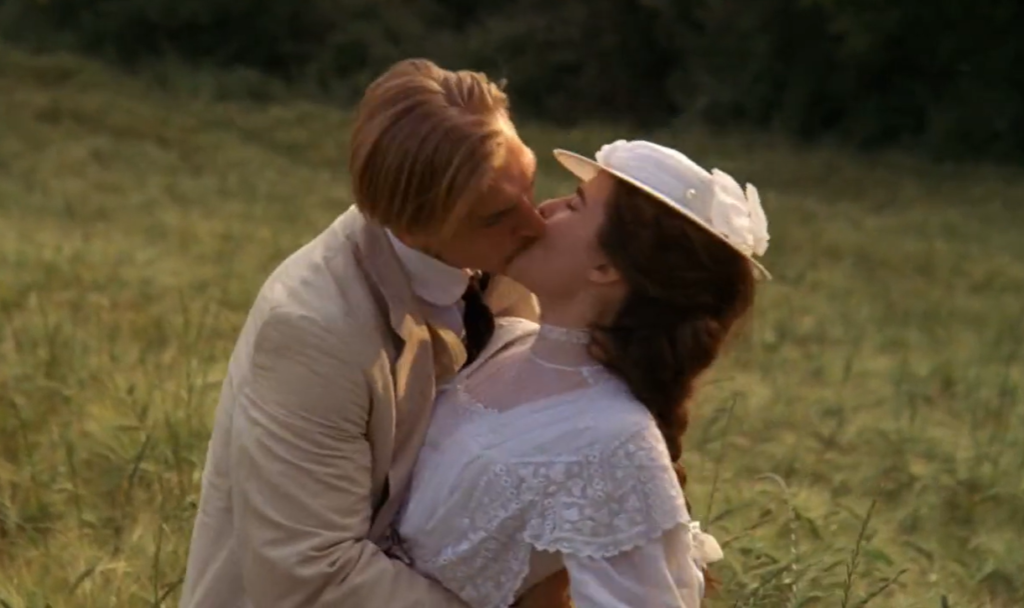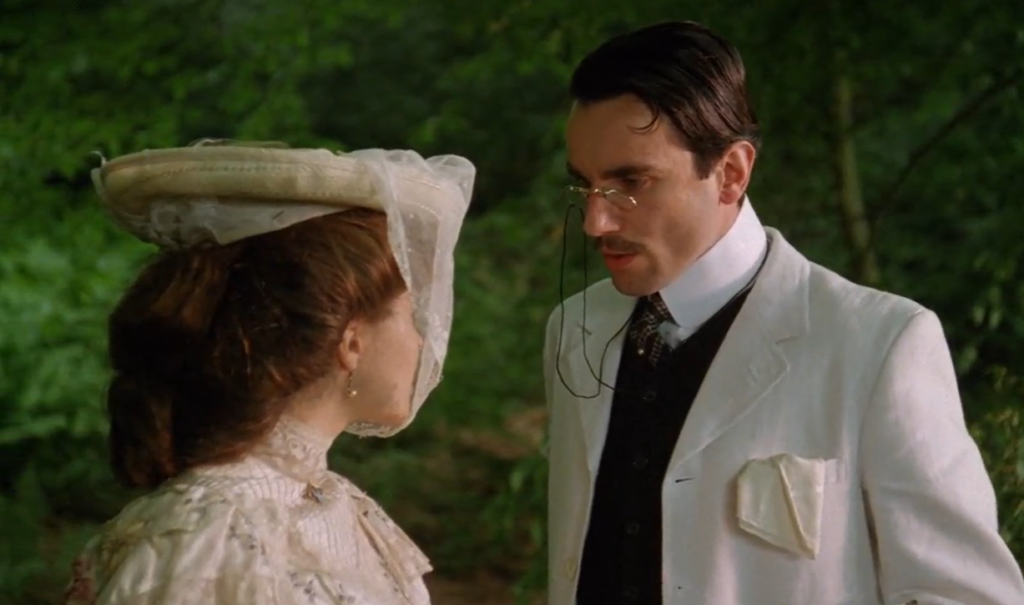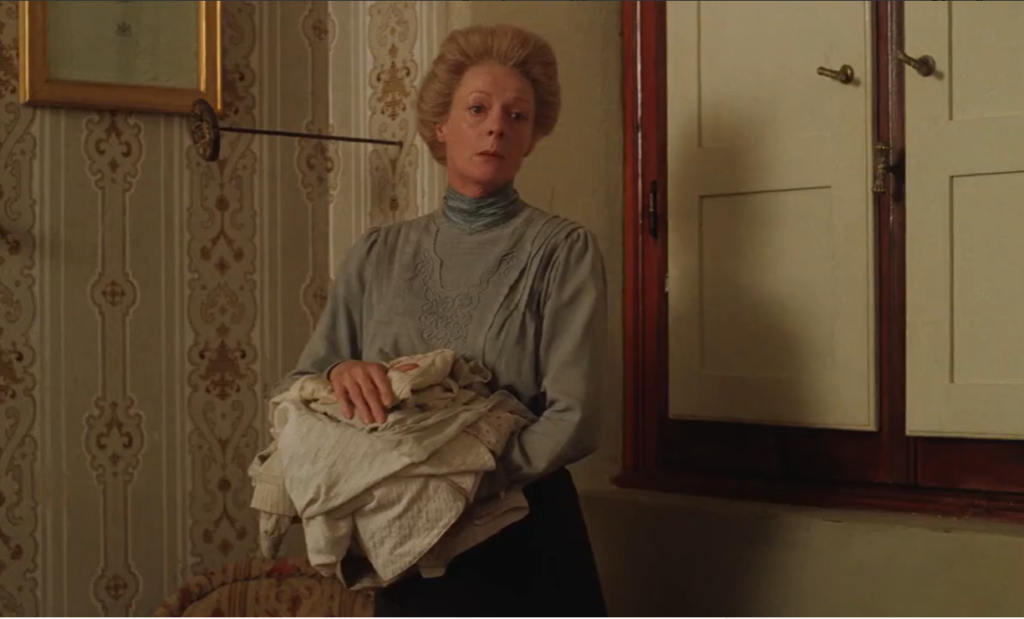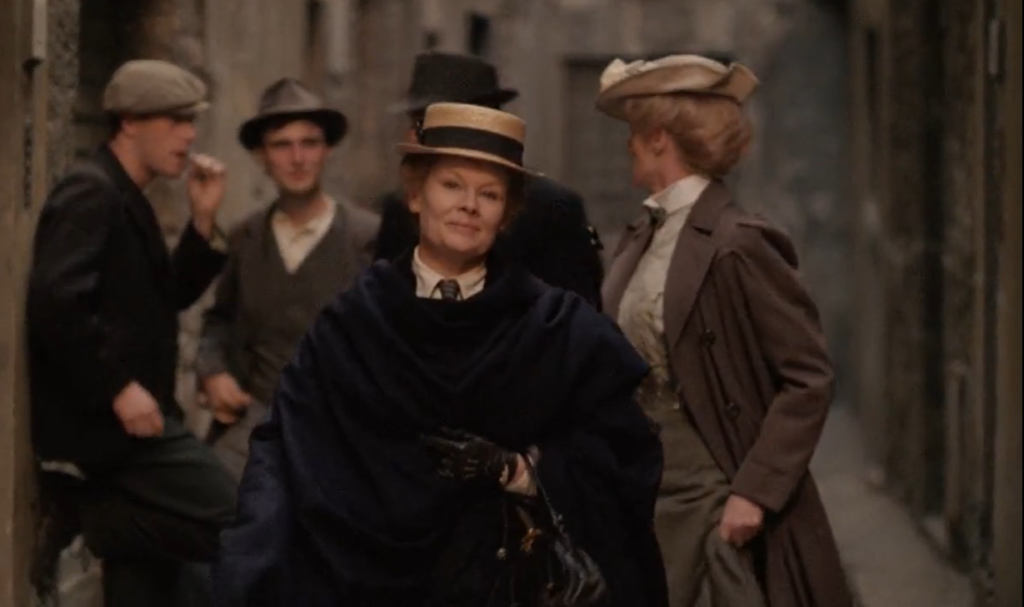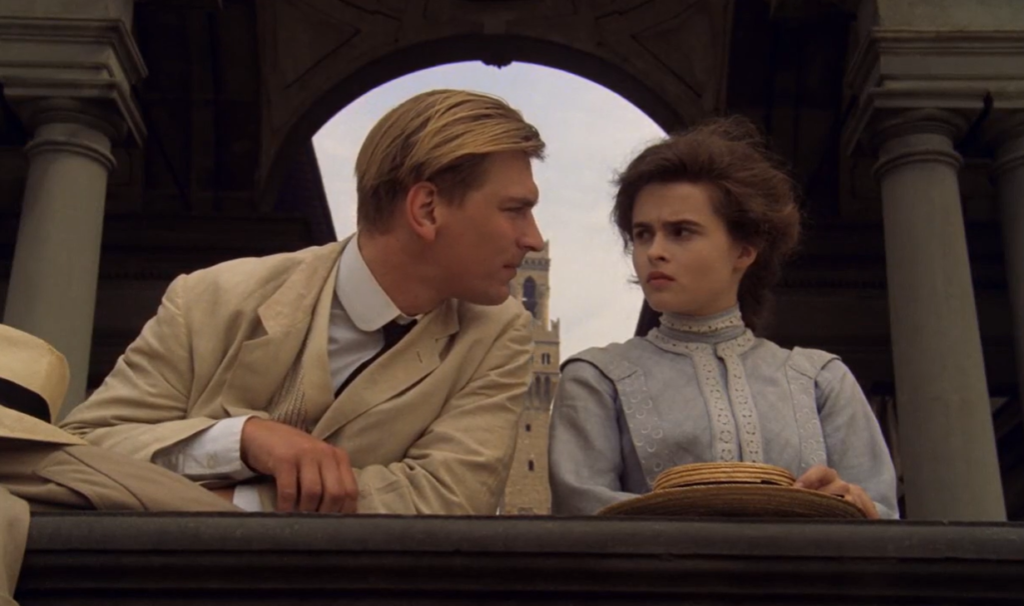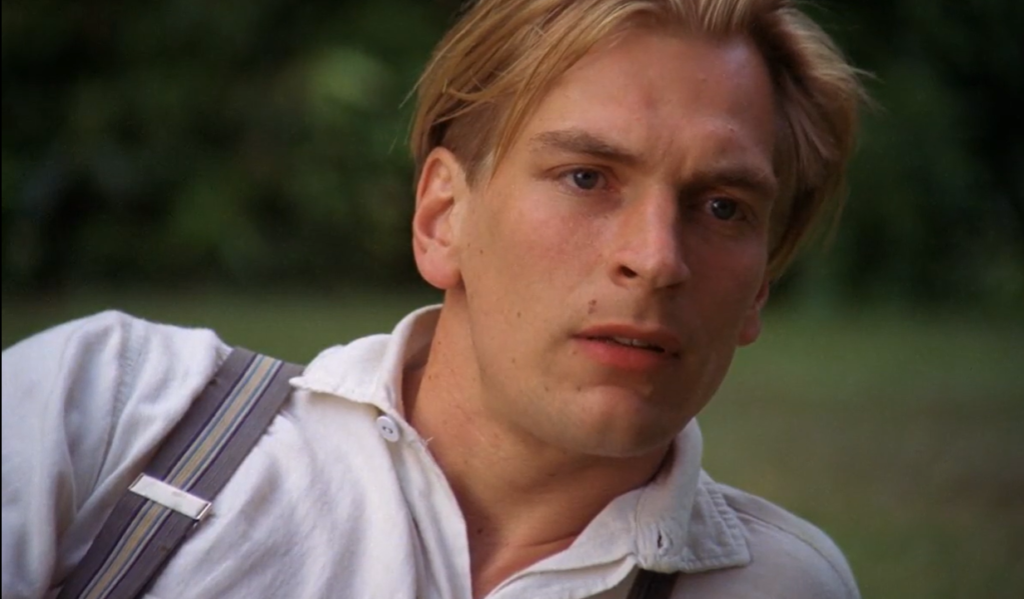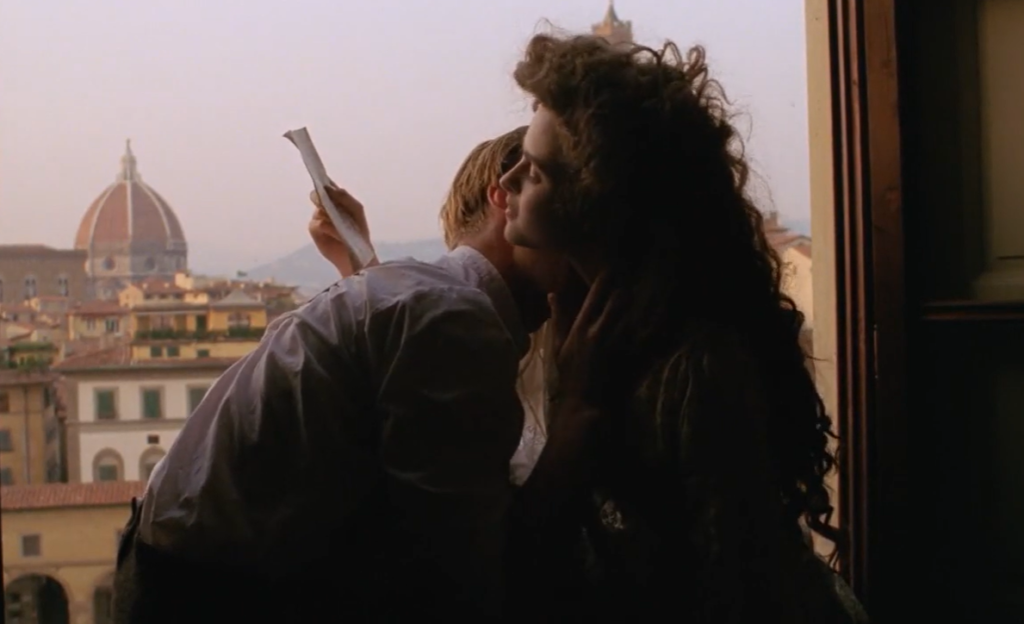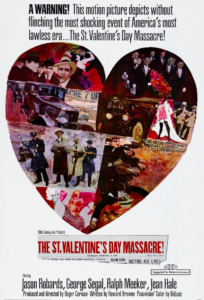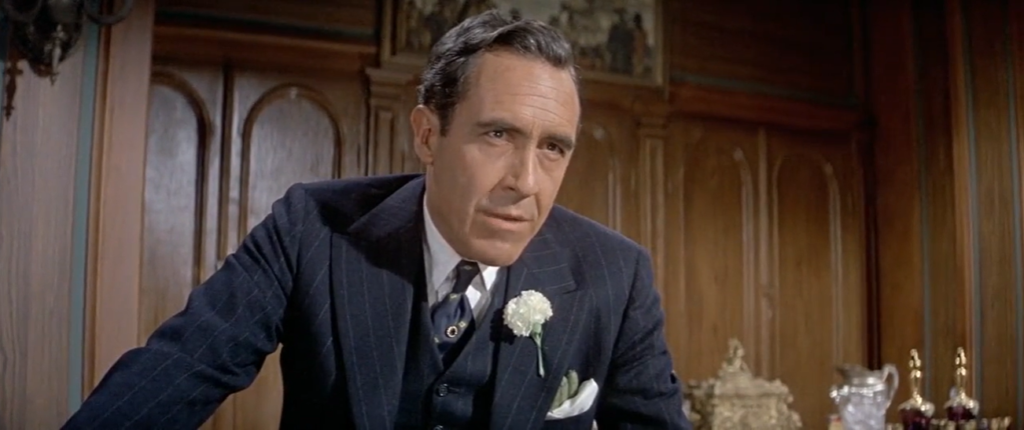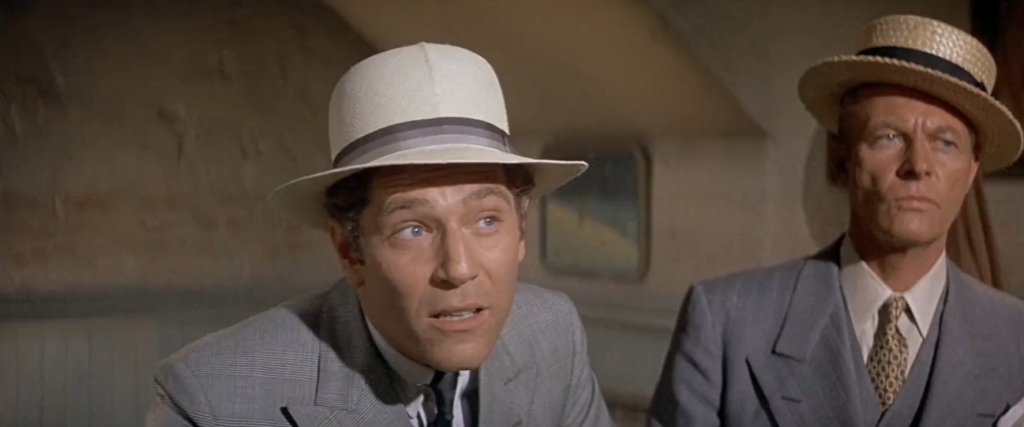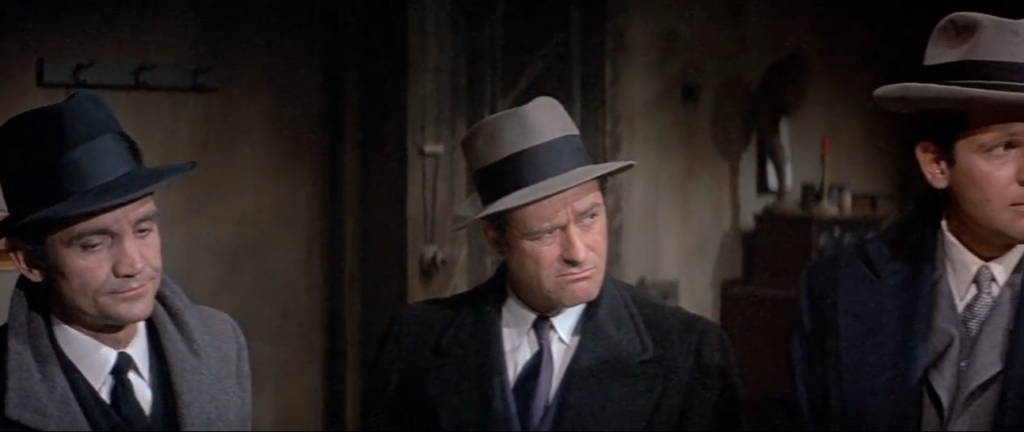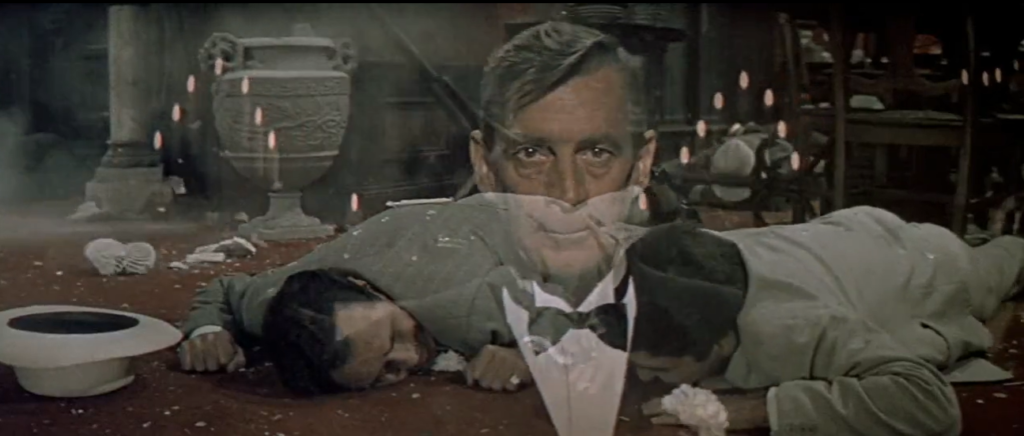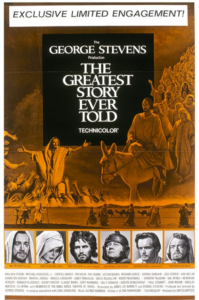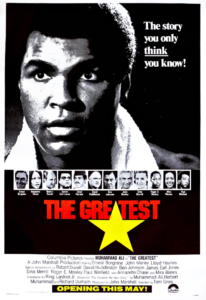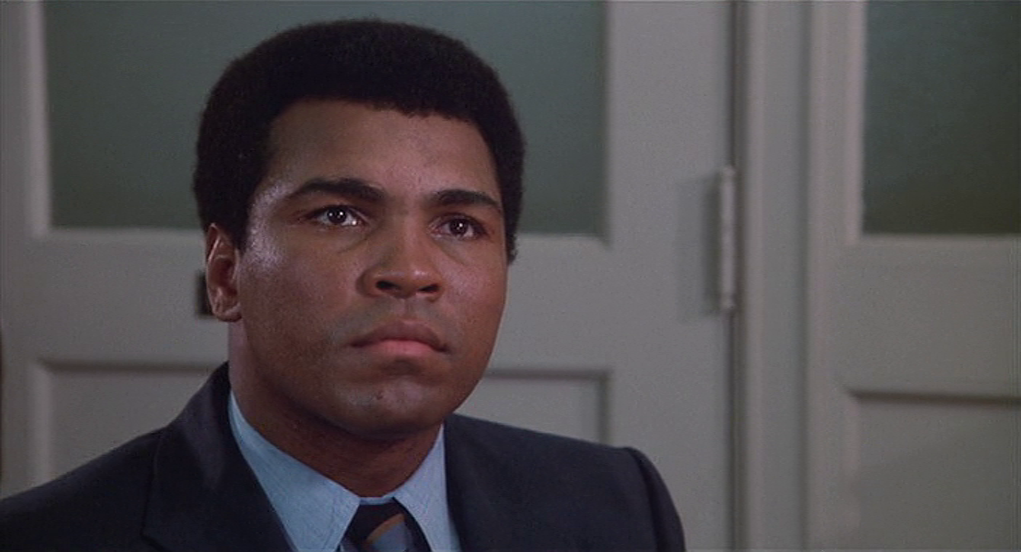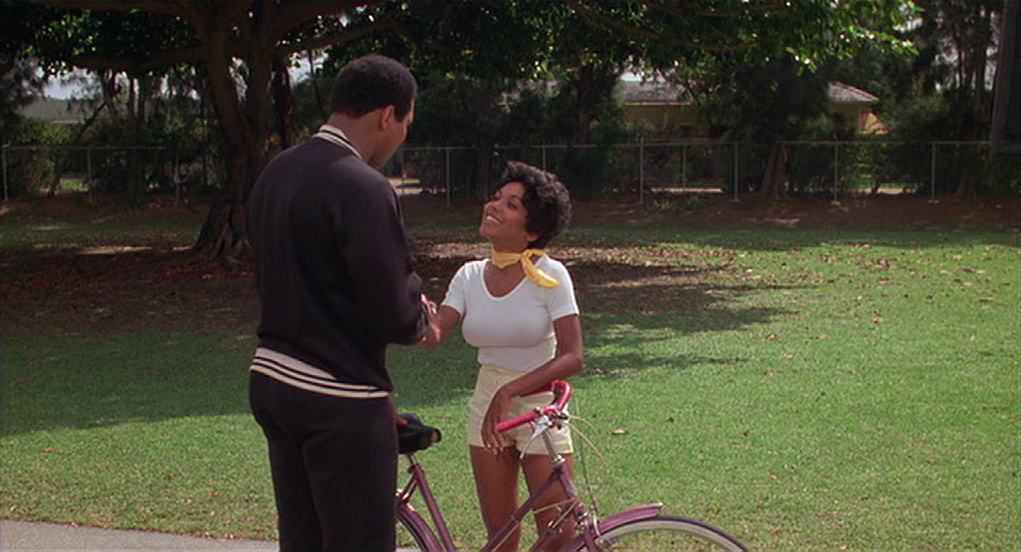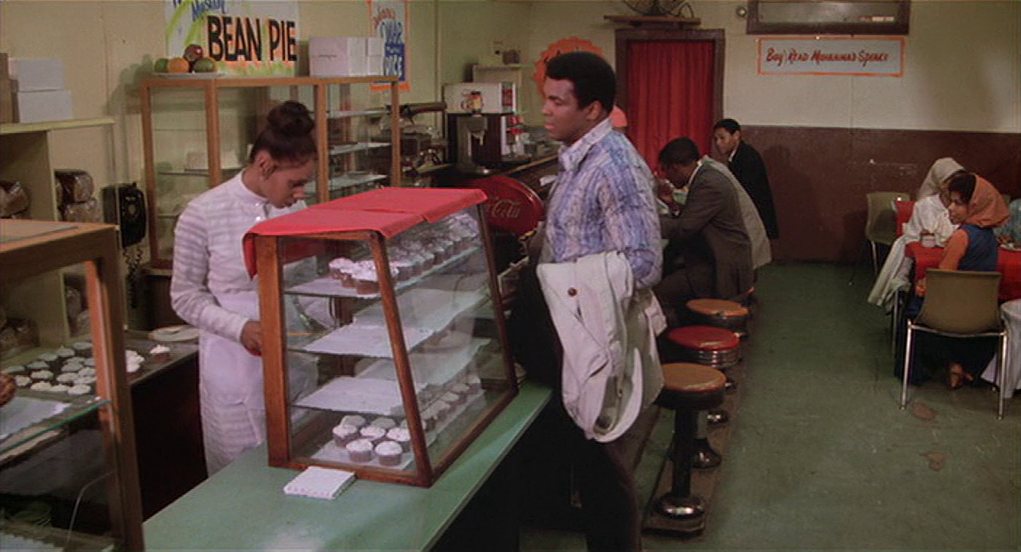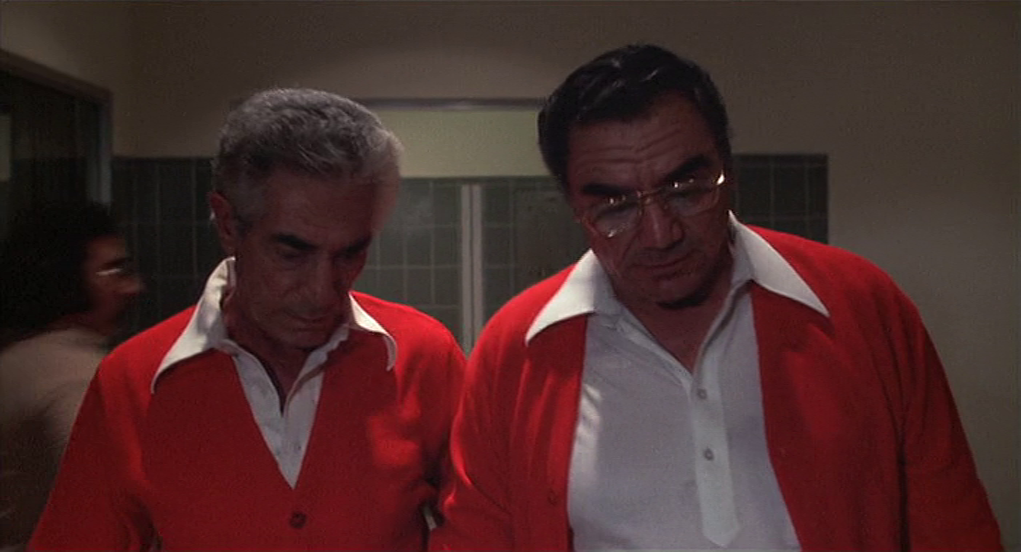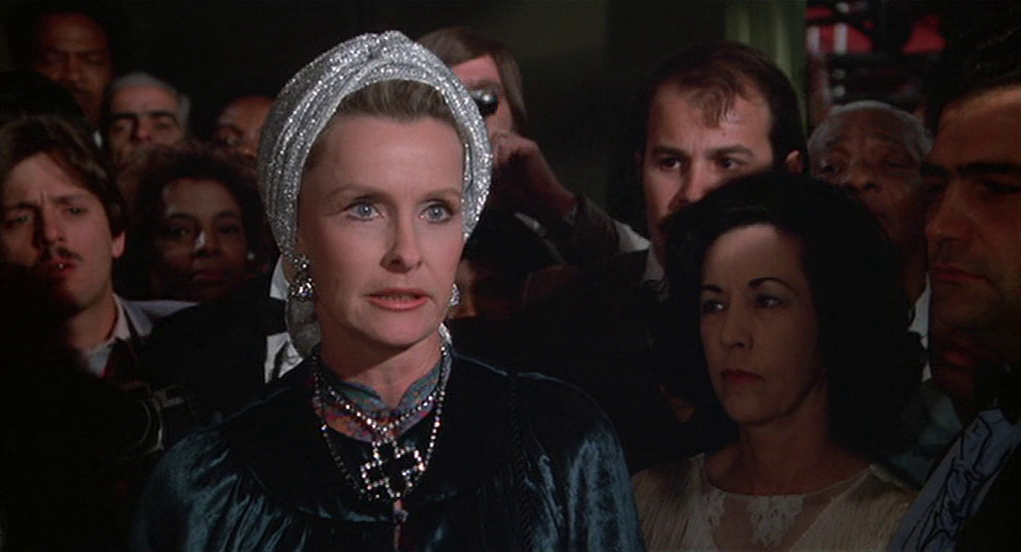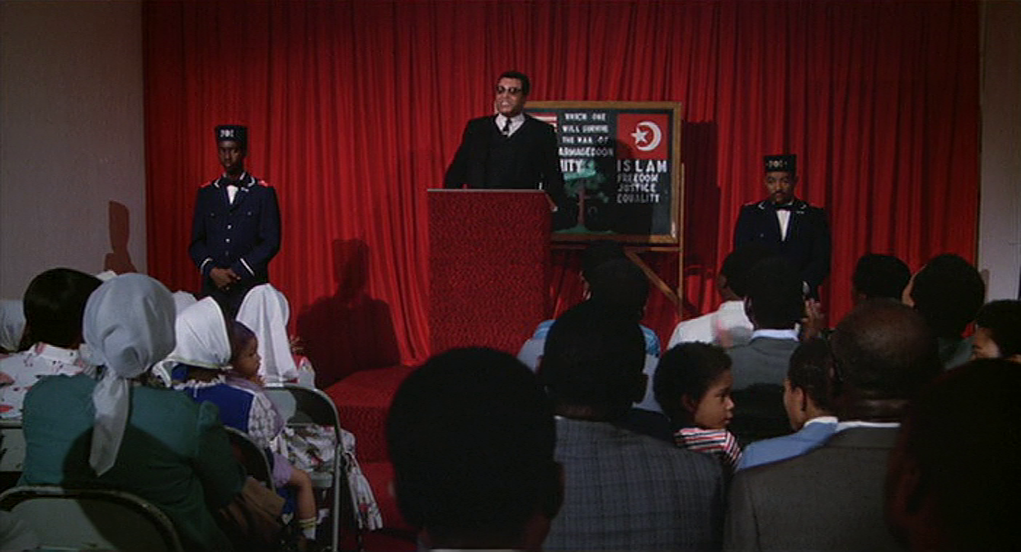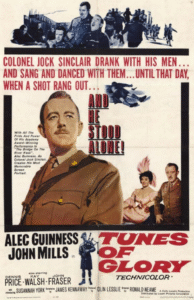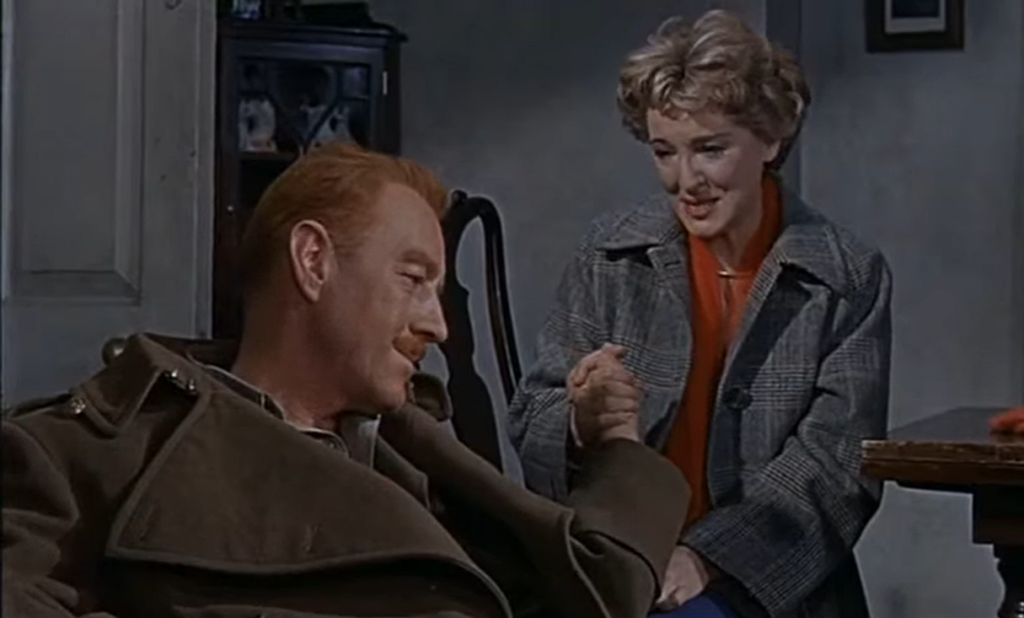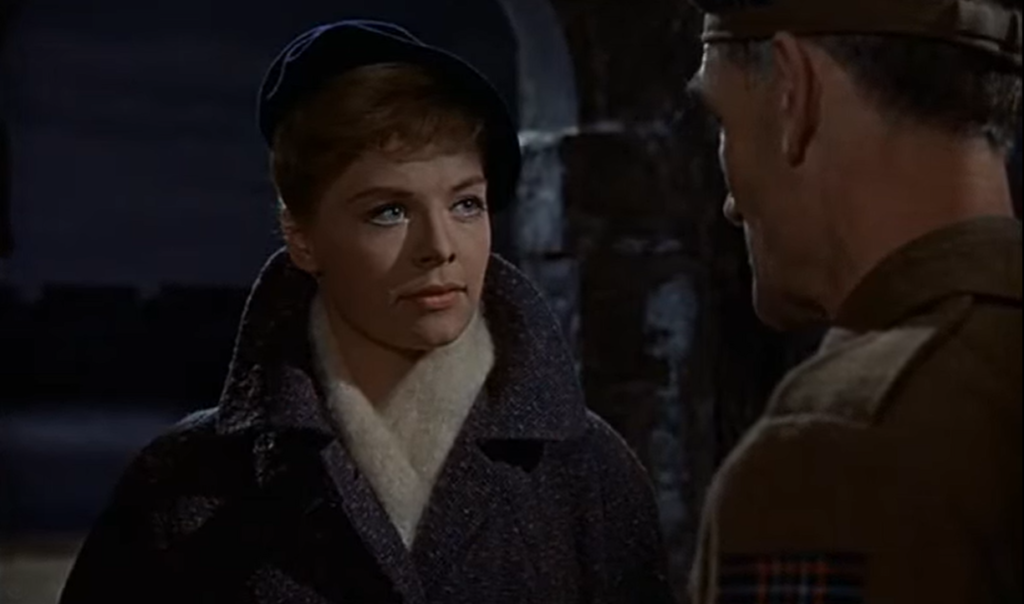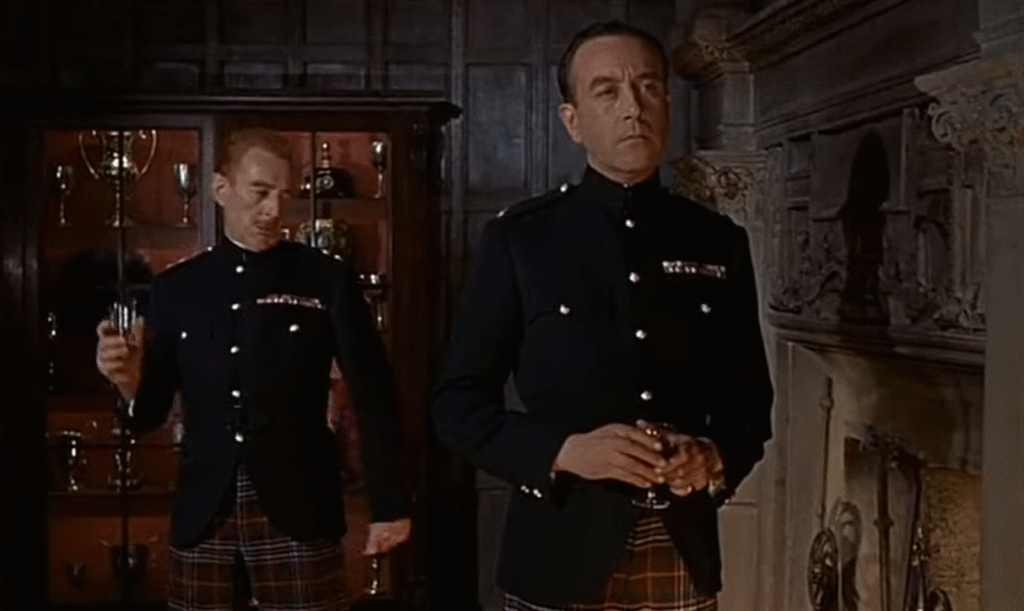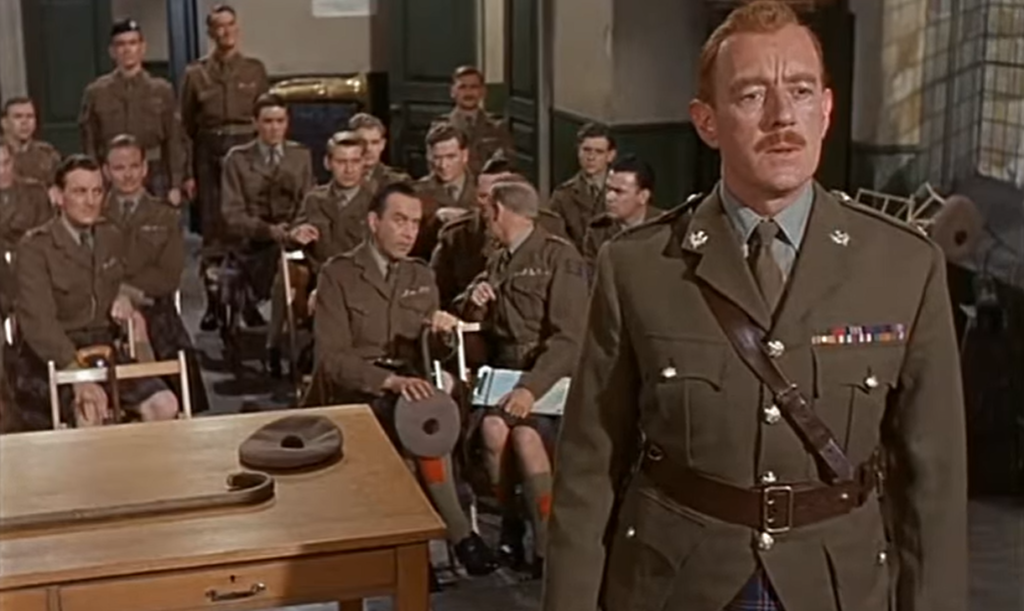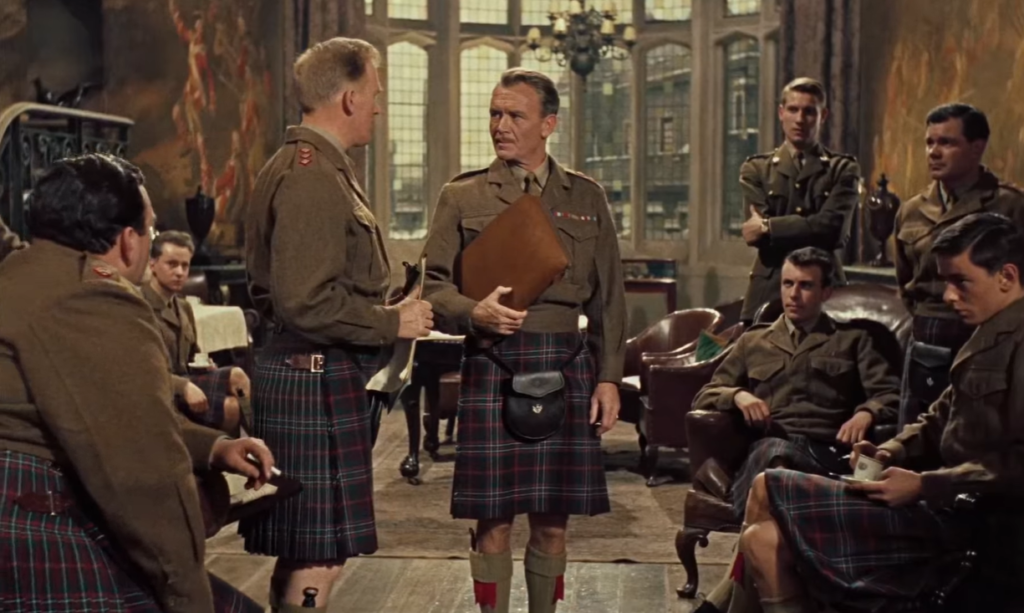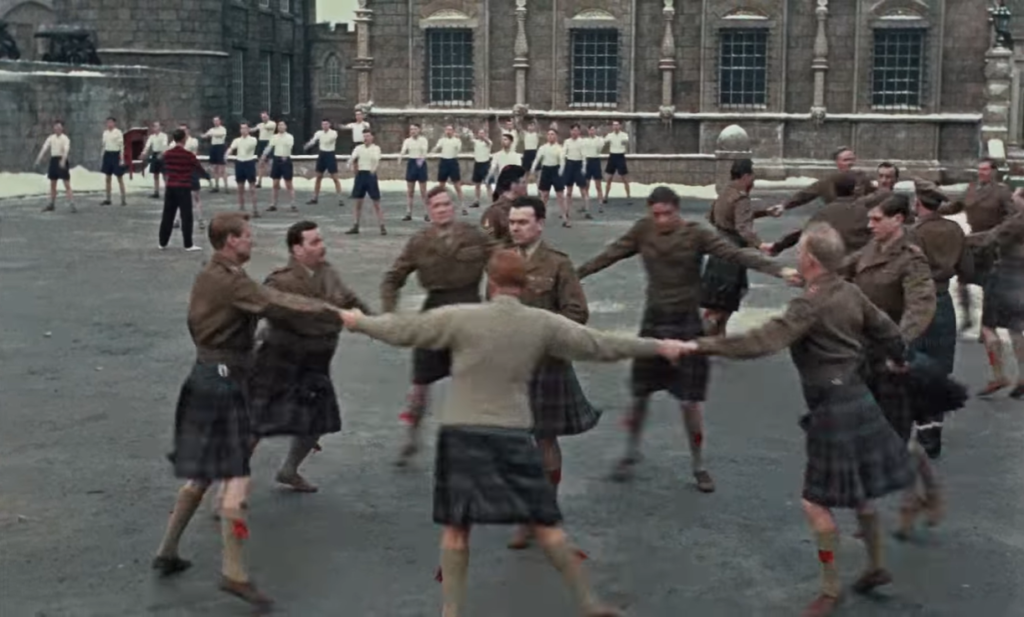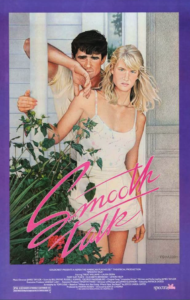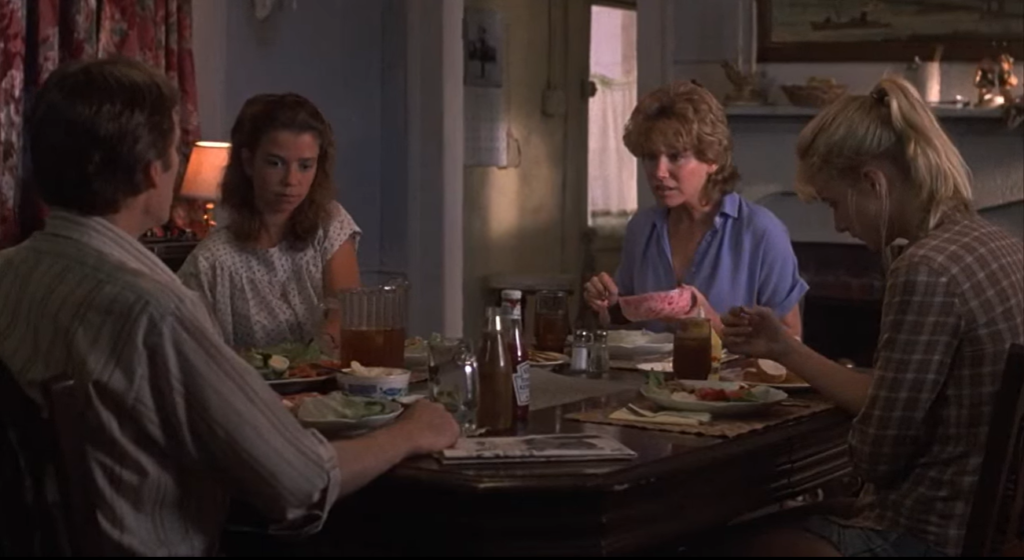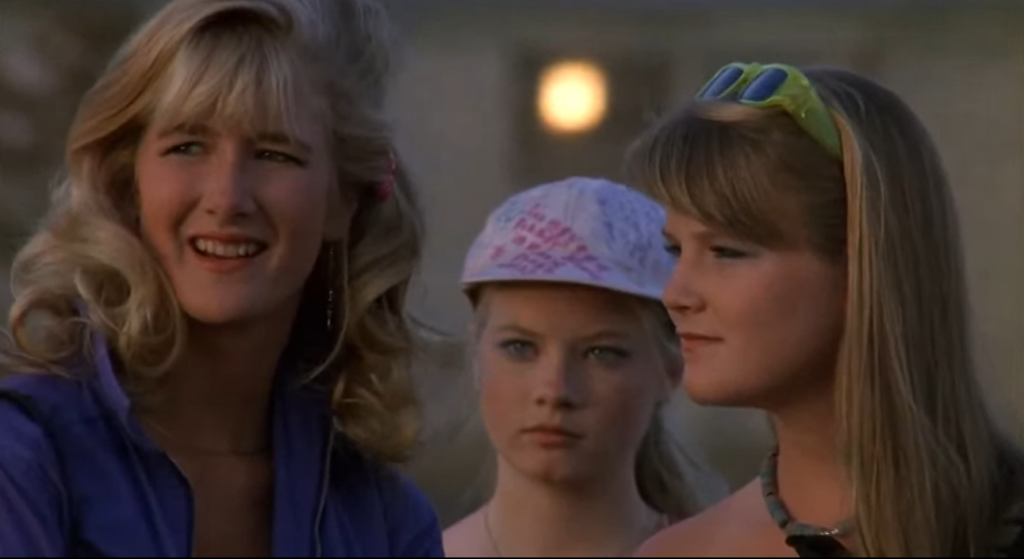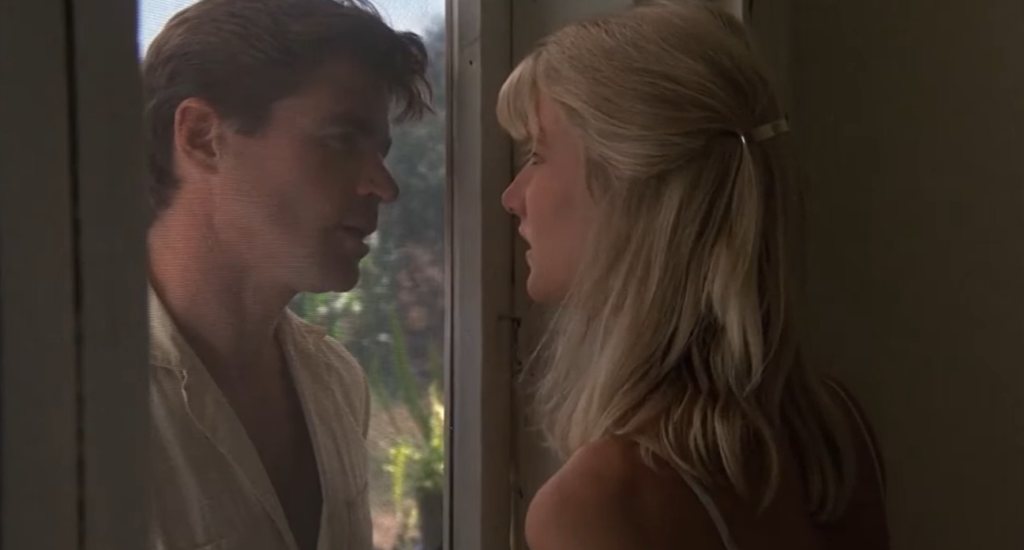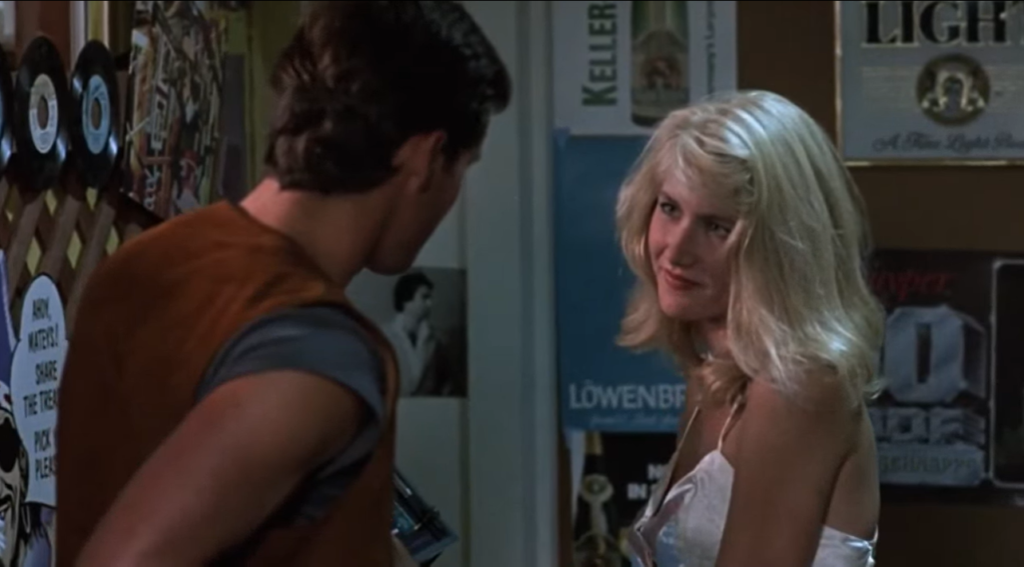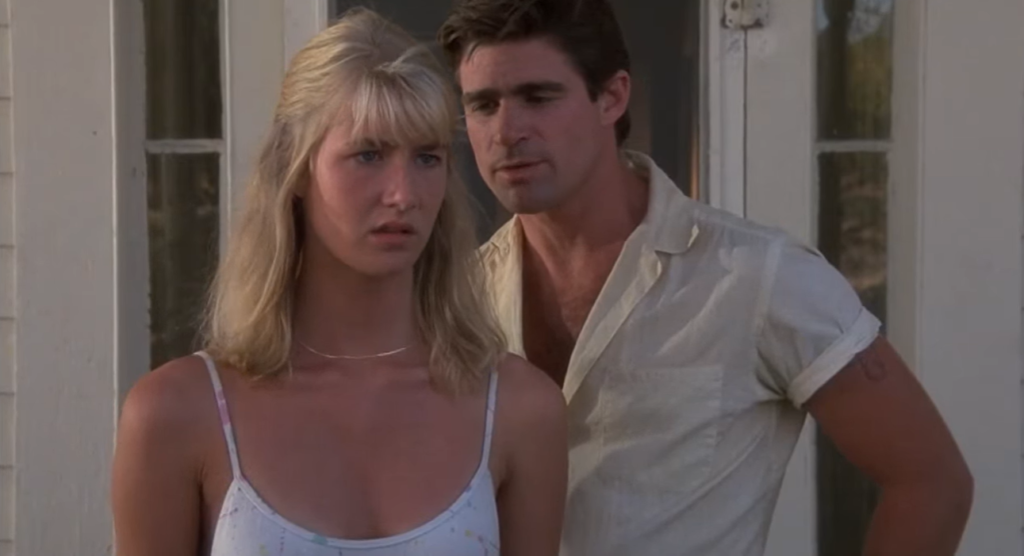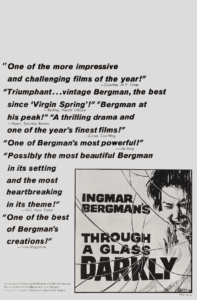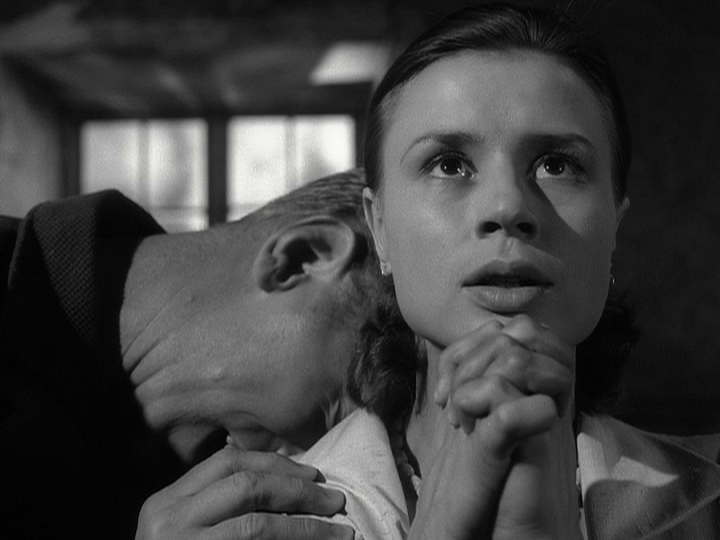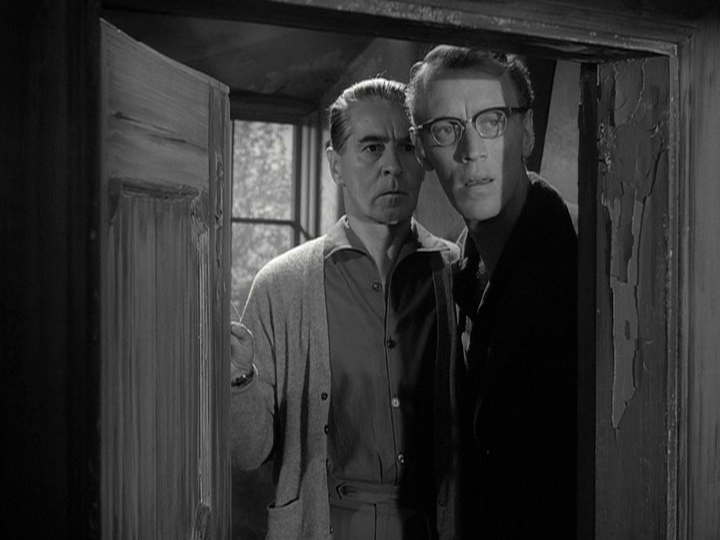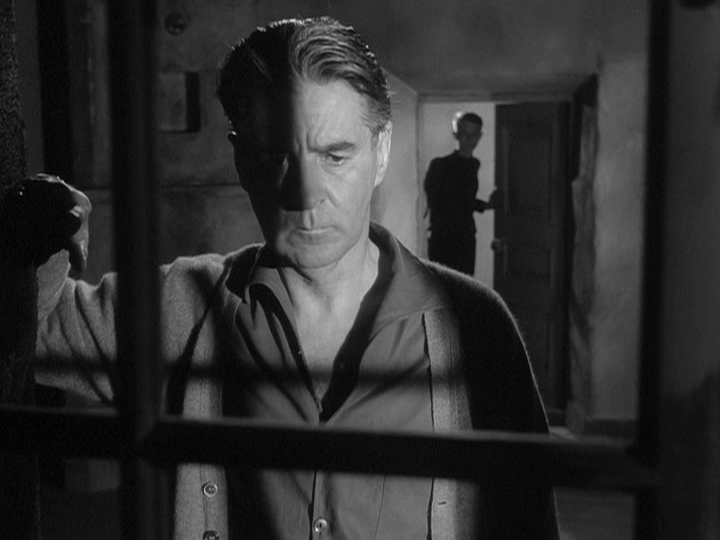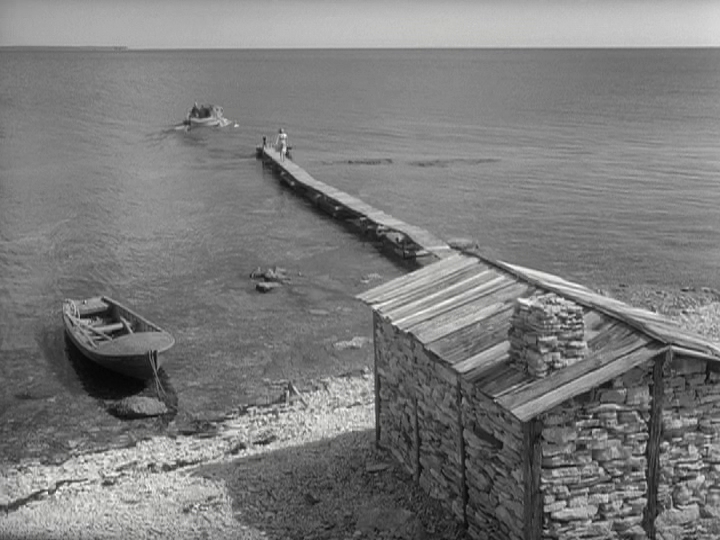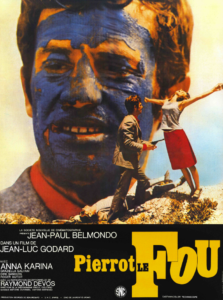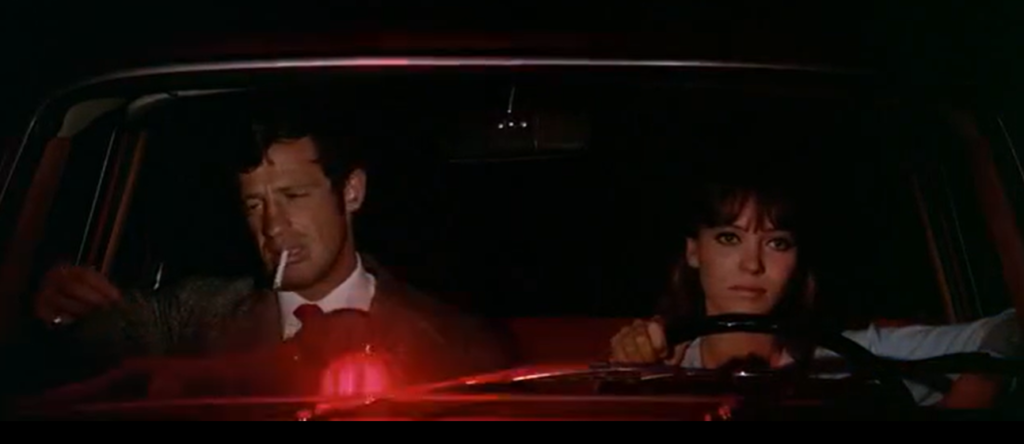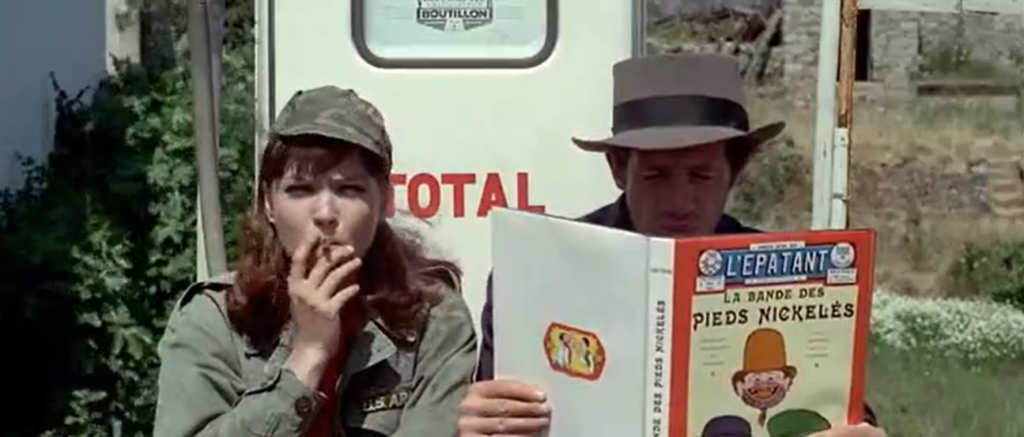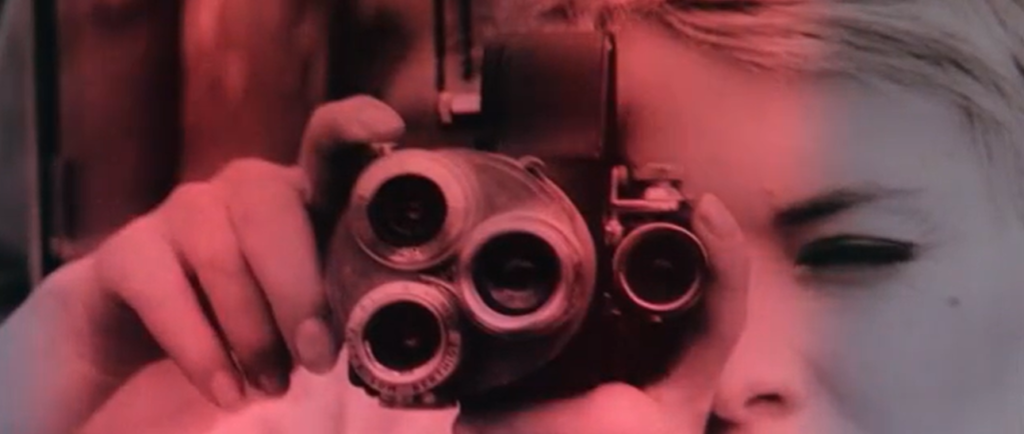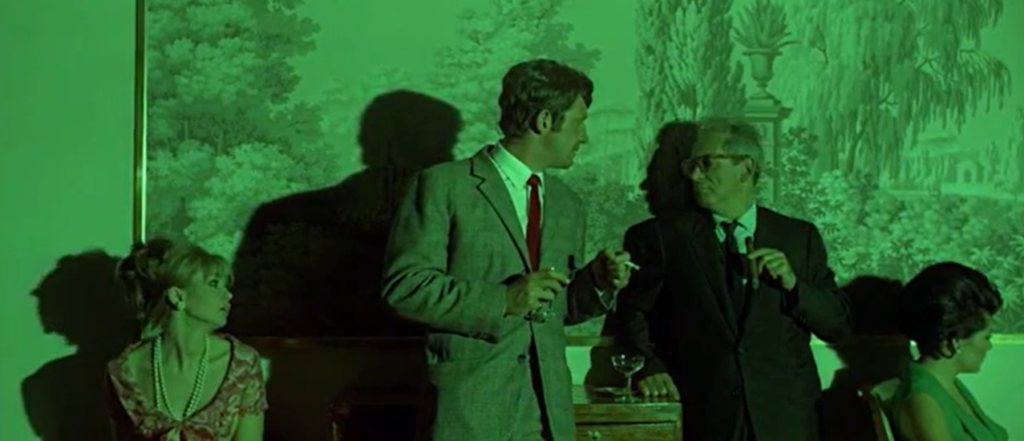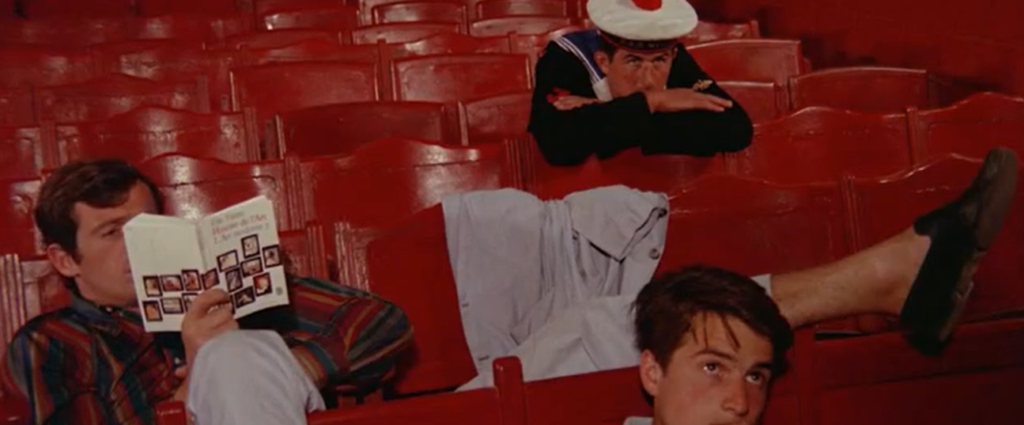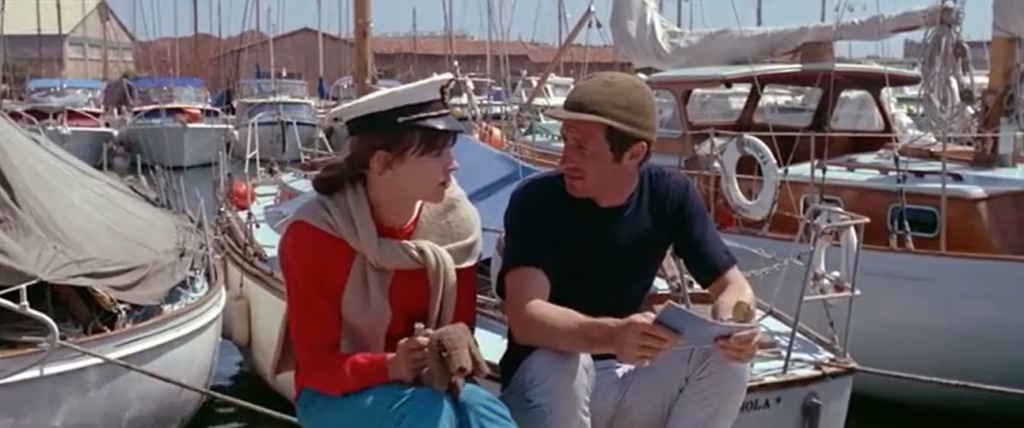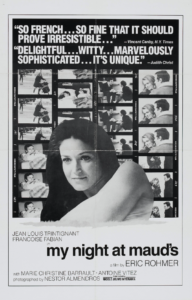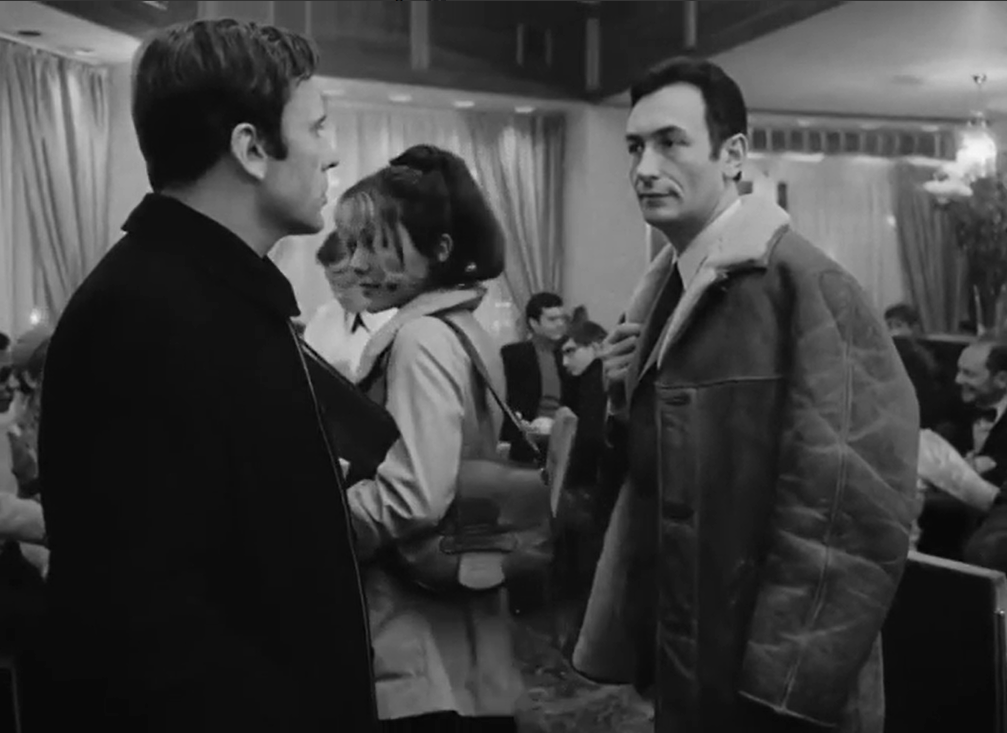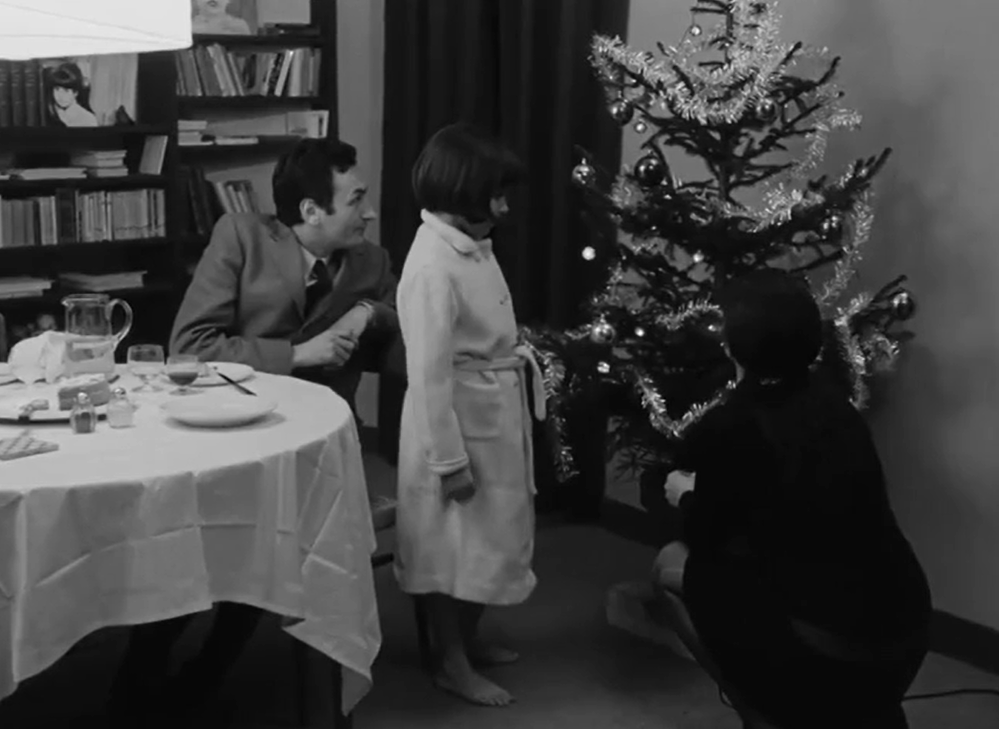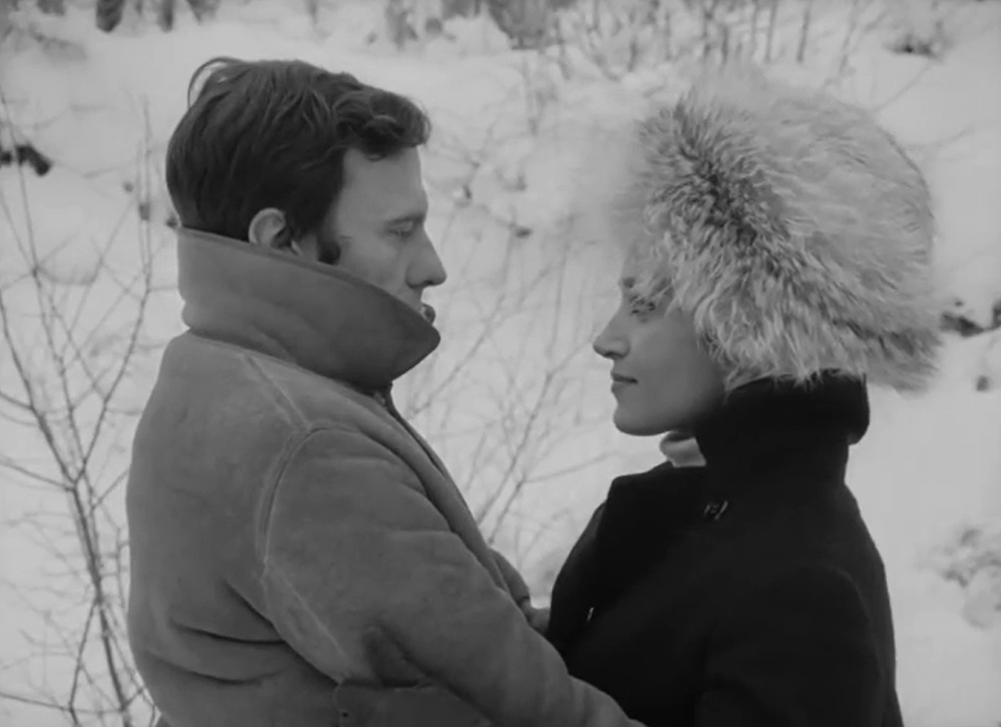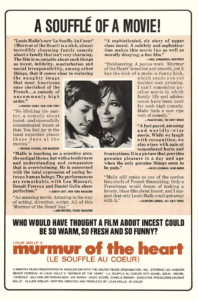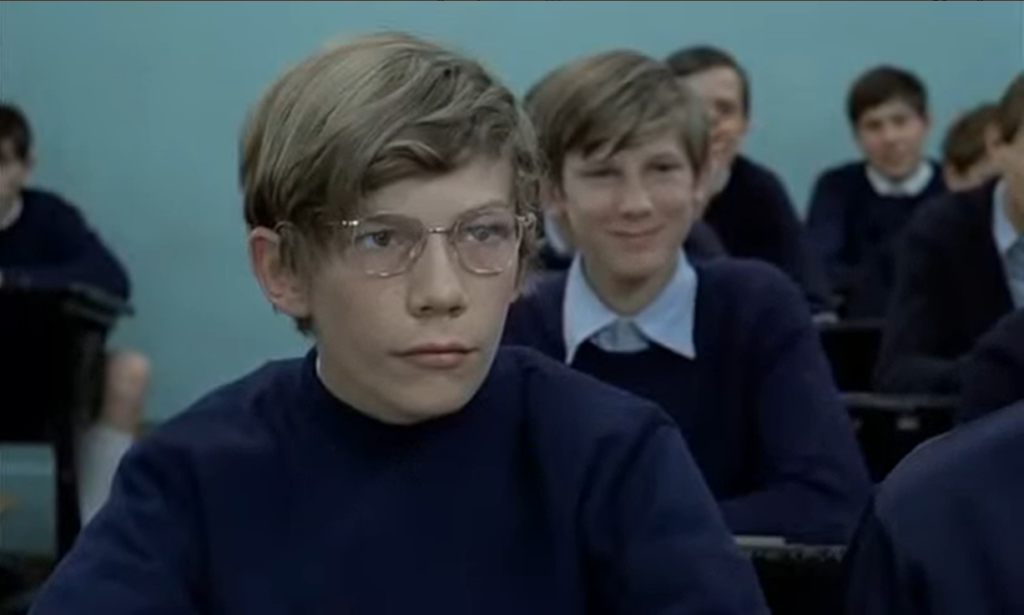|
Genres, Themes, Actors, and Directors:
- Angela Lansbury Films
- Biblical Stories
- Carroll Baker Films
- Charlton Heston Films
- Christianity
- Claude Rains Films
- Donald Pleasence Films
- Dorothy McGuire Films
- Ensemble Cast
- George Stevens Films
- Janet Margolin Films
- John Wayne Films
- Jose Ferrer Films
- Martin Landau Films
- Max von Sydow Films
- Paul Stewart Films
- Richard Conte Films
- Robert Blake Films
- Roddy McDowall Films
- Sal Mineo Films
- Shelley Winters Films
- Sidney Poitier Films
- Telly Savalas Films
- Van Heflin Films
Review:
In between helming The Diary of Anne Frank (1959) and The Only Game in Town (1970) (his final film), George Stevens directed this lengthy, meticulously crafted ensemble tale about the life of Jesus Christ, filmed largely on location in the American Southwest. Anyone who’s attended Sunday School will instantly recognize all the tales told here, especially given how much of the language seems to be taken directly from the Scriptures — and it’s easy to see how Christians would appreciate this sincere and visually impressive dramatization of their holy book. Indeed, this film’s scale is truly epic, featuring gorgeous Ultra Panavision cinematography by William C. Mellor, and cameo roles for seemingly dozens of big-name Hollywood stars.
Swedish actor Max von Sydow made his American debut as the lead figure, offering an impressively human portrayal as perhaps the most famous and beloved individual of all time.
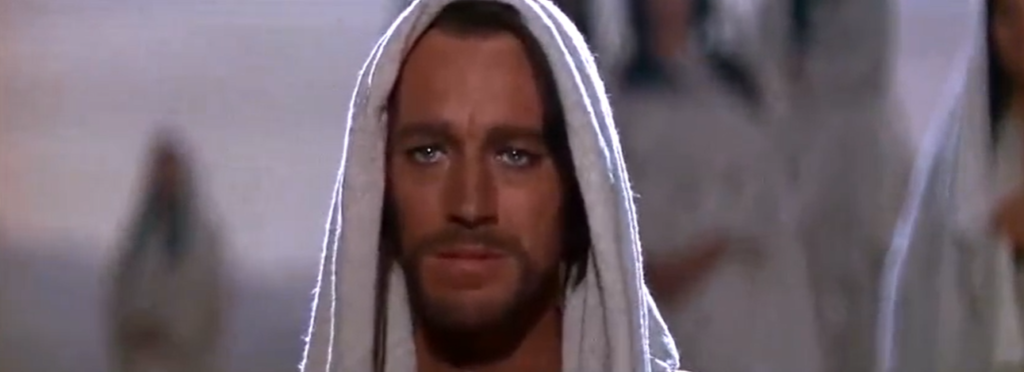
Other relatively significant roles in the narrative are played by Jose Ferrer as King Herod’s son, Herod Antipas:
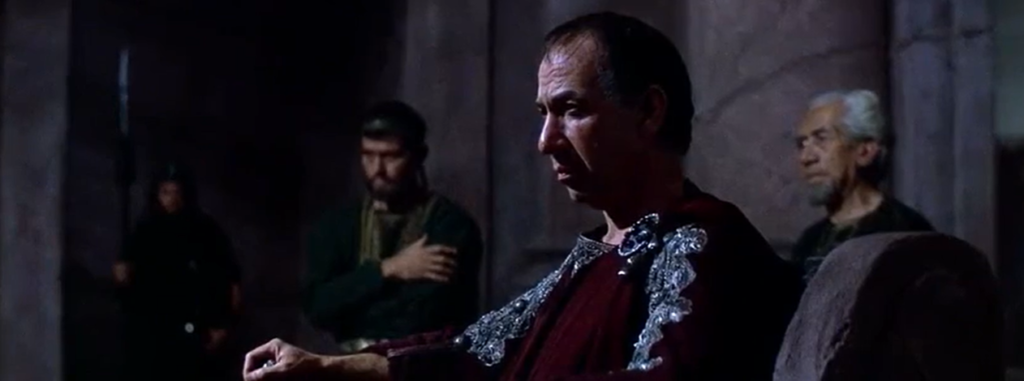
… Charlton Heston as John the Baptist:
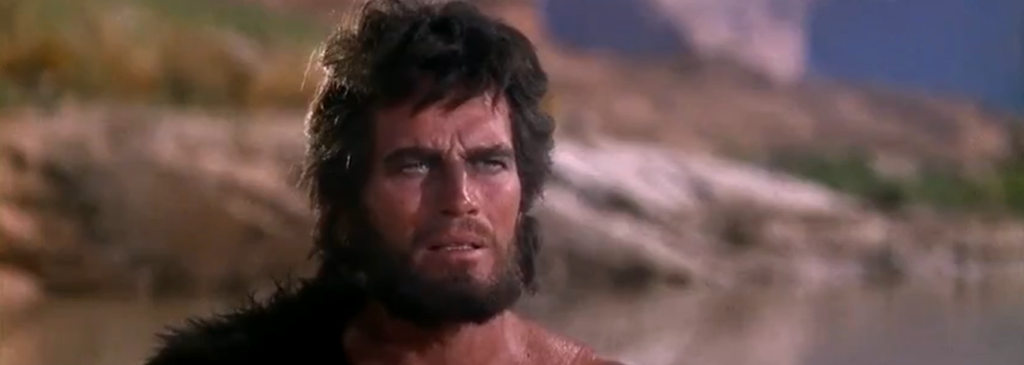
… Telly Savalas (who shaved his head for this role, and continued doing so ever after) as Pontius Pilate:
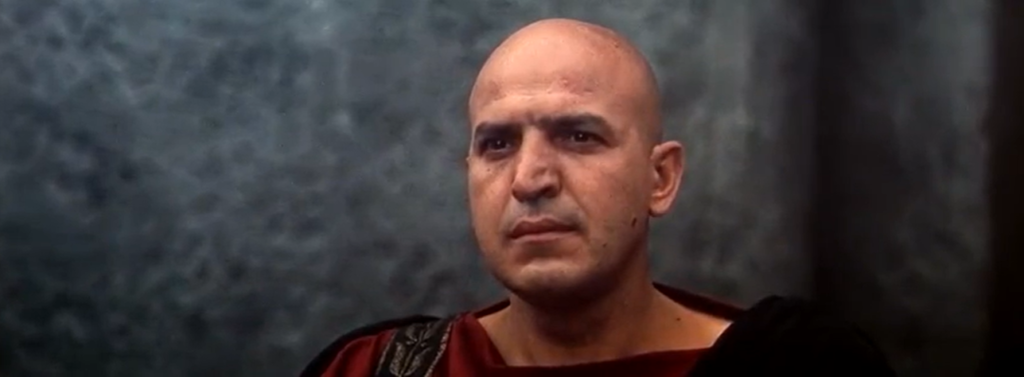
… and Gary Raymond as Peter.

Other appearances — some for several scenes, others for literally seconds (if that) — include Dorothy McGuire as Mary:
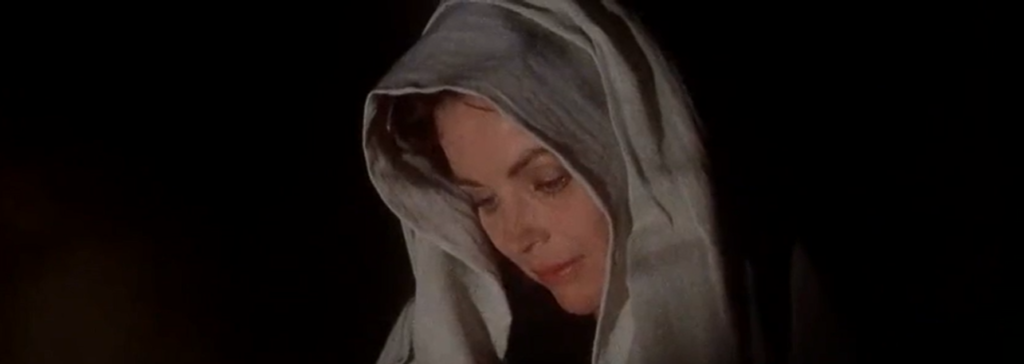
… Donald Pleasence as the Devil (who tries to tempt Jesus during his fast in the desert):
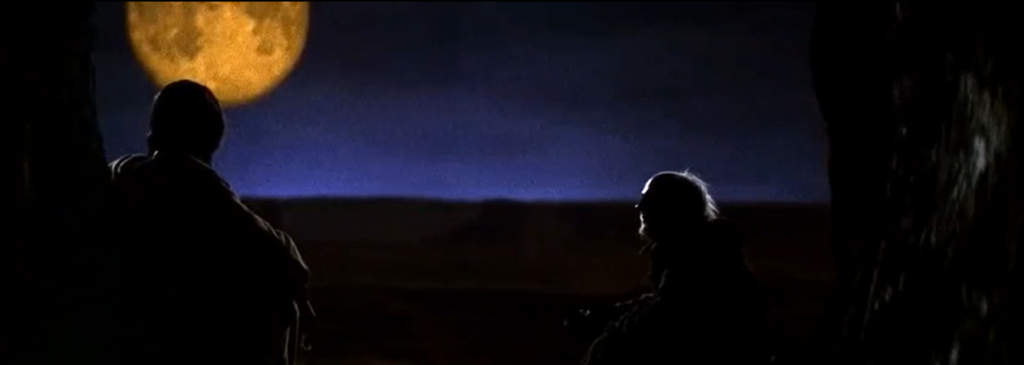
… Sal Mineo as a crippled man cured by a miracle:
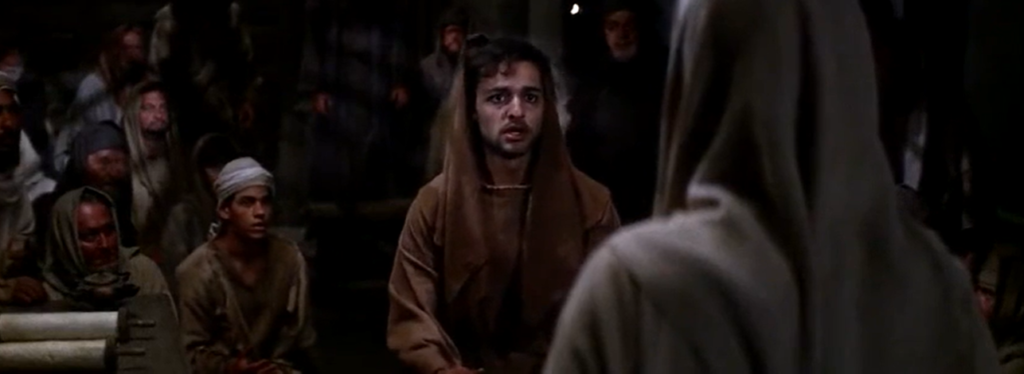
… Claude Rains (in his final role) as King Herod:
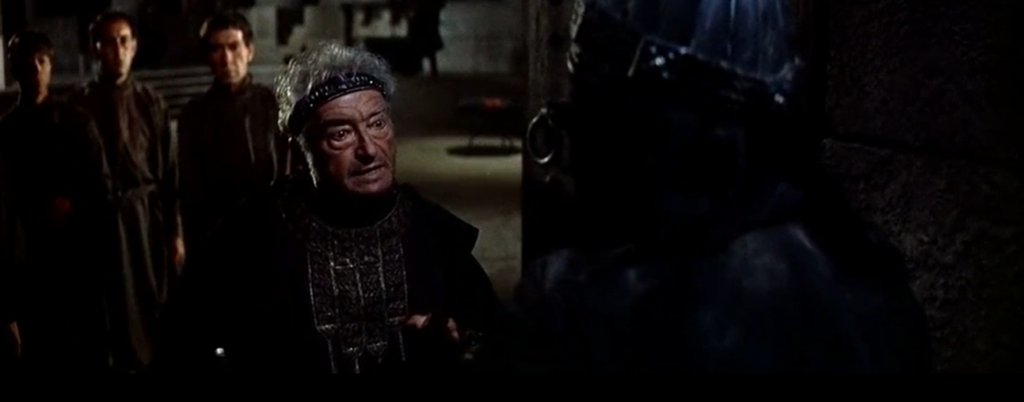
… Sidney Poitier as Simon of Cyrene:
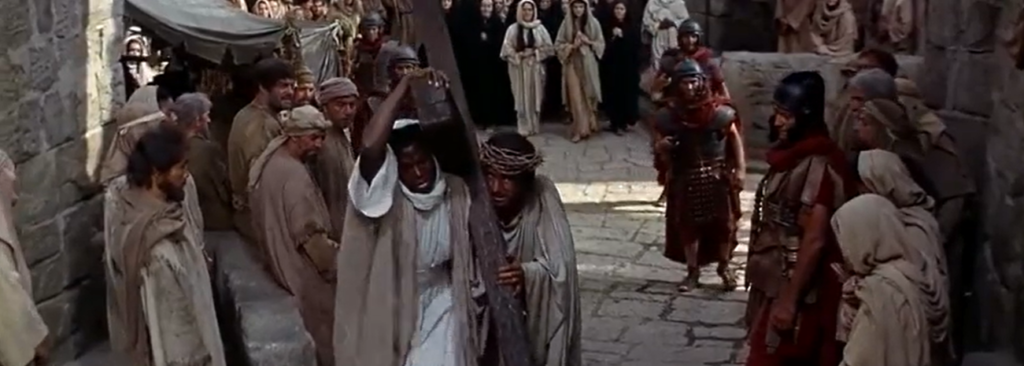
… and, perhaps most infamously, Shelley Winters as a “Woman Who Is Healed”:
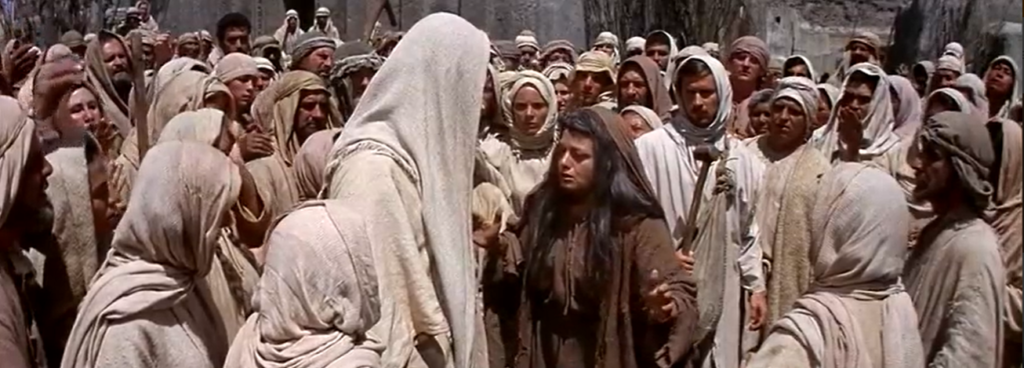
… plus John Wayne speaking a single line in his iconic drawl near the end of the film: “Truly, this man was the Son of God.”
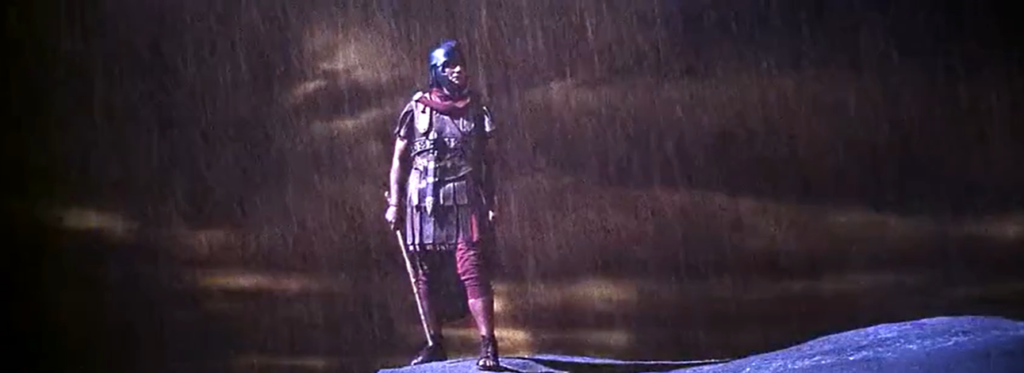
Other than von Sydow, my favorite performance is by David McCallum as a sorrowful Judas (though, as is the case across the board in this film, we don’t learn enough about him).
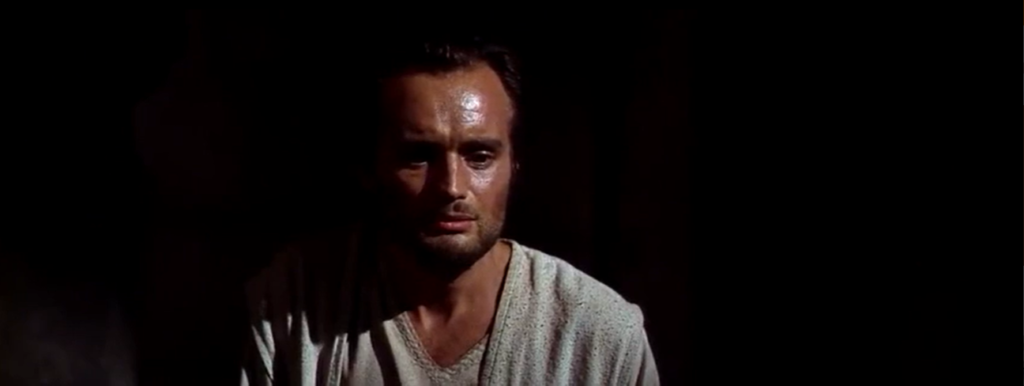
See the list of Actors above (or on IMDb) for an even more exhaustive list of who appears at some point.
Unfortunately, while Stevens’ film is entirely earnest — and gorgeous to look at — it’s lengthy, often slow, and not all that compelling as a cinematic narrative (there are no “plot twists” for anyone reasonably familiar with the arc of Jesus’s life). According to TCM’s article, the film wasn’t commercially successful at all — in fact, “audiences stayed away in droves, making The Greatest Story Ever Told the greatest financial flop ever made until the release of Heaven’s Gate in 1980.” However, the film was nominated for five Academy Awards, and, not surprisingly, became “a popular rental film at churches, schools, and film societies in the non-theatrical market.”
Notable Performances, Qualities, and Moments:
- Max von Sydow as Jesus Christ
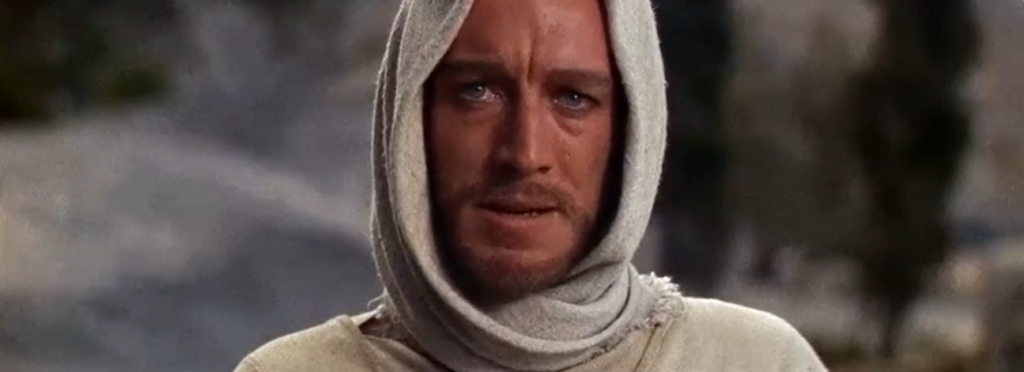
- Beautiful Panavision cinematography
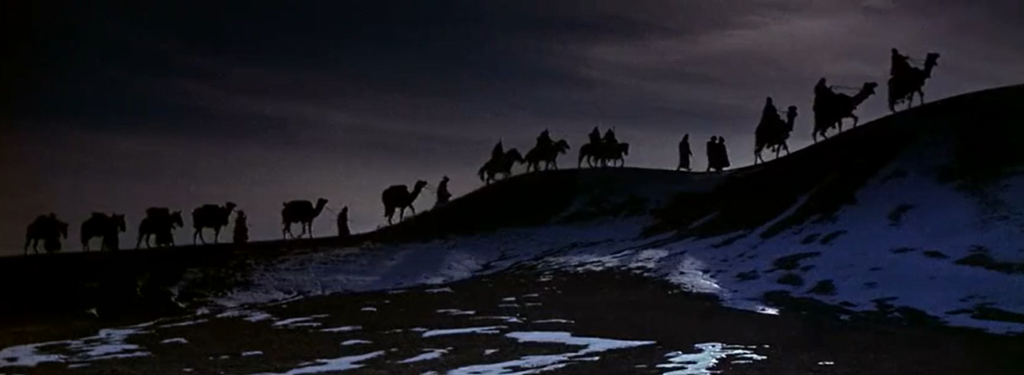
 
- Alfred Newman’s score
Must See?
No, but it’s recommended simply for von Sydow’s performance, and for its historical significance.
Links:
|

